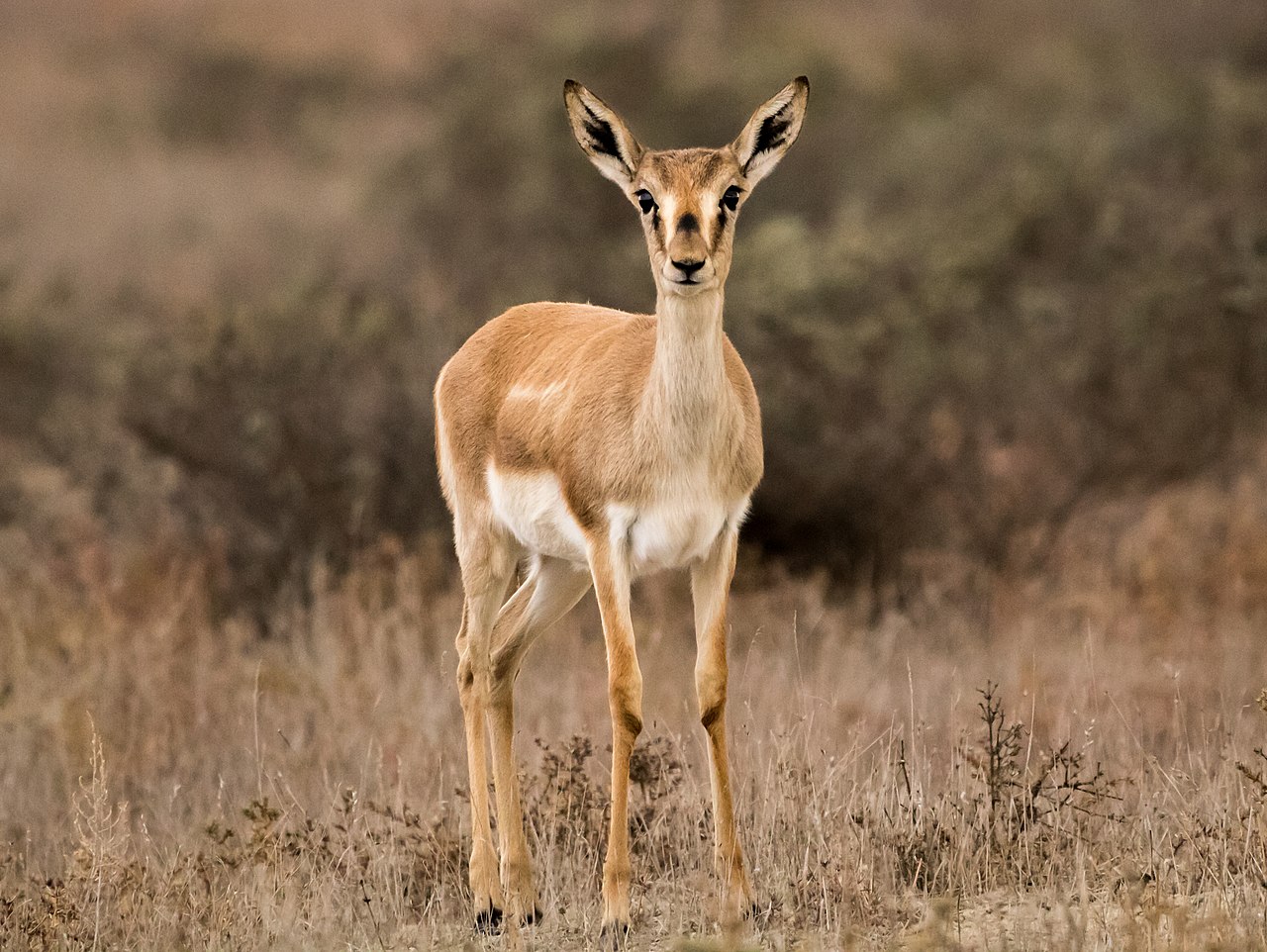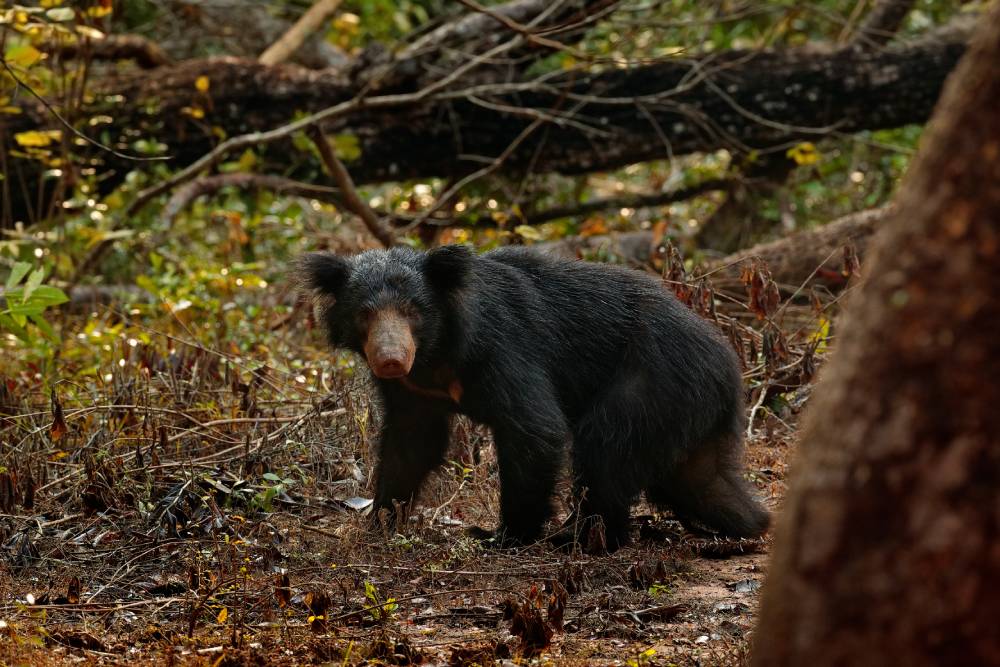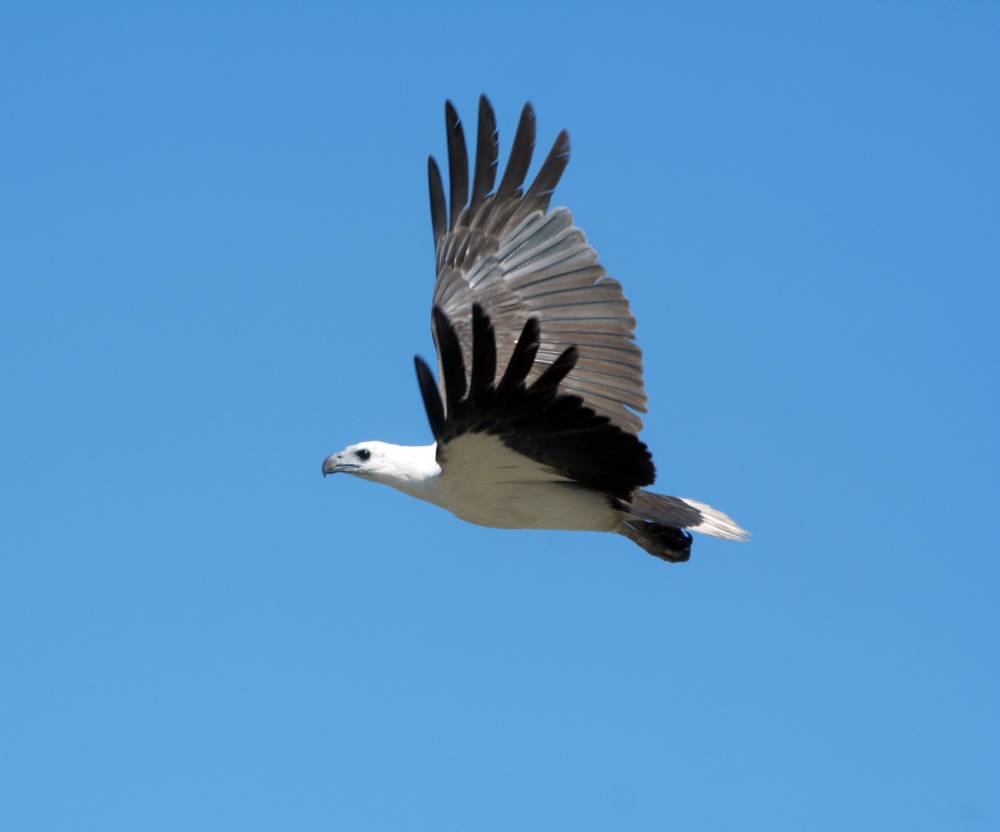East Deccan Dry-Evergreen Forests
The ecoregion’s land area is provided in units of 1,000 hectares. The protection goal is the Global Safety Net (GSN1) area for the given ecoregion. The protection level indicates the percentage of the GSN goal that is currently protected on a scale of 0-10.
Bioregion: Greater Deccan-Sri Lankan Forests & Drylands (IM8)
Realm: Indomalaya
Ecoregion Size (1000 ha):
2,559
Ecoregion ID:
293
Conservation Target:
3%
Protection Level:
7
States: India
A defining feature of this dry forest ecoregion that sets it apart from other dry forests, especially in the Deccan Peninsula of southern India, is that the trees retain their leaves and the forests remain green throughout the long dry season. Unfortunately, almost all of the original forest cover in this ecoregion has been cleared and converted for other land uses, and the only examples of the original, natural forests are in sacred groves, protected by religious beliefs in deities that live in jungle shrines.

The flagship species of the East Deccan Dry-Evergreen Forests ecoregion is the Indian gazelle. Image credit: Creative Commons
The ecoregion is relatively small, and represents the narrow strip of dry evergreen forests along the coast of southeastern India. As part of the Deccan Plateau, the ecoregion has Gondwana origins, harking back to when Gondwanaland, the ancient southern supercontinent composed of the African, Antarctic, Indo-Australian, and South American tectonic plates disintegrated during the late Jurassic period, about 150 million years ago, and drifted to their respective current positions.
The average rainfall is only 800 mm, with most precipitation occurring during the brief northeast monsoon between October and December. High temperatures during the long dry season can reach a stifling 44°C or more.

Strychnine fruit and leaves
The ecoregion and its flora and fauna have adapted to these hot, dry conditions. The trees have developed swollen roots and stems that store water to draw on during the dry season. Thick, waxy layers on the leaves slow down water loss. Even the animals have evolved strategies to enable them to survive with little water. The chinkara or Indian gazelle can go for long periods without drinking water, surviving on water from the leaves they eat, and on dew. Many of the smaller animals, such as frogs and insects burrow into mud and sit out the dry season.
The larger, emergent trees of the original vegetation have now mostly disappeared, leaving behind forests with a shrubby, closed-canopy forest structure that rarely attains 10 m in height. Lianas drape the old forests. The common trees include Manilkara hexandra, Diospyros ebernum (Ceylon ebony), Strychnos nuxvomica (strychnine tree), Drypetes sepiaria, and Flacourtia indica (Indian plum).

Wild sloth bear
Sixty-six mammals are known from the ecoregion, and none are endemic. However, some of the notable species include carnivores such as wild dog, sloth bear, common leopard, and jungle cat that prey on herbivores such as blackbuck, chinkara, and small Indian chevrotain or mouse deer. This tiny, shy, forest-dwelling deer takes refuge in dens during the day, but is also reported to climb sloping trees, an unusual behavior for deers.
Bird richness is greater, with 230 species, and includes the globally threatened lesser florican, and several large, rare birds such as the woolly-necked stork, white-bellied sea-eagle, and Indian grey hornbill.

White bellied sea eagle
Hundreds of years of human activity has taken a heavy toll on the natural habitat of this ecoregion. Deforestation, grazing pressure from domestic livestock, and shifting cultivation is still prevalent. Prosopsis, an exotic thorny plant, is used as a reforestation tree and is spreading fast, taking over native forests.
Thus, the priority conservation actions are to: 1) protect the intact forests in the sacred groves, especially in Oorani; 2) source and use native tree species instead of exotic Prosopsis species in reforestation programs; and 3) engage local stakeholders as conservation stewards and to promote more sustainable natural resource use practices.
Citations
1. Baskaran, S.T. 2010. Sprint of the Blackbuck: Writings on Wildlife and Conservation in South India. Penguin Books, India
2. Wikramanayake, E, E. Dinerstein, et al. 2002. Terrestrial Ecoregions of the Indo-Pacific: A Conservation Assessment. Island Press.
3. Yumnam B, Jhala YV, Qureshi Q, et al. Prioritizing Tiger Conservation through Landscape Genetics and Habitat Linkages. Roca AL, ed. PLoS ONE. 2014;9(11):e111207. doi:10.1371/journal.pone.0111207.




